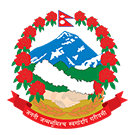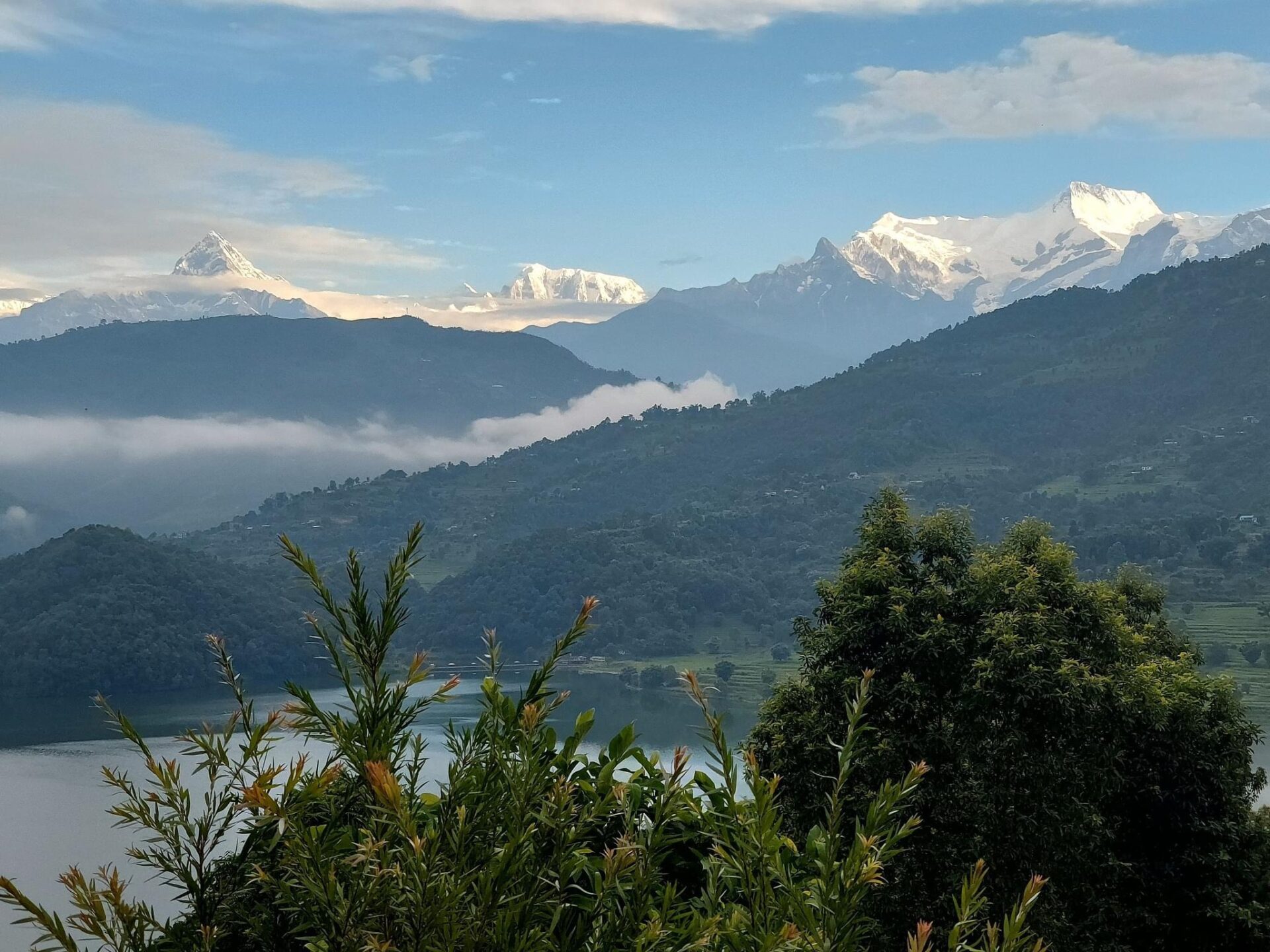In December, January, and February, Nepal experiences its winter season. During this time, the days are a bit warmer than the nights and early mornings. However, as the season progresses, the nights get colder, often dropping below freezing.
Temperature Details
In December, daytime temperatures hover around 4°C, but at night, they can plummet to around -14°C. As we move into the middle of winter, temperatures throughout the Everest region drop even further, often reaching below freezing at night. Despite the cold nights, the days can be sunny and warm while trekking.
February marks the end of winter and the beginning of spring. During this month, the days become warmer, and visibility improves. However, there may still be snow along the trail, so it’s essential to watch out for slippery paths and wear shoes with good grip. The temperature in February ranges from 4°C to -14°C.
Preparing for Winter Trekking
Despite the chilly weather, trekking in winter is possible with the right preparation. It’s important to dress warmly, wear sturdy shoes, and be cautious of slippery terrain. Additionally, be mindful of the windy conditions and potential snowfall, ensuring you stay safe and warm throughout your journey.
Tips to Stay Warm
Besides wearing the right clothes, there are a few other tricks to stay warm during your Winter trek. Drink lots of fluids to stay hydrated, even if you don’t feel thirsty. Eating warm, high-calorie meals helps keep your energy up. Take breaks to warm up and stretch, and let your body get used to the high altitude slowly.
Things That Affect the Temperature
A few things make it so cold on the Everest Base Camp trek in February. One big factor is the high altitude. As you climb higher, the air gets thinner and colder. Plus, being close to the Himalayas means dealing with strong winds and snow, which makes it even colder.
Safety Always Comes First
Trekking in extreme cold can be risky, so it’s important to stay safe. Keep an eye out for signs of frostbite and hypothermia, like numbness or confusion. If you notice any of these signs, find shelter and warmth right away. Always listen to your body and be ready to change your plans if the weather gets bad.
Benefits of Everest Base Camp Trek In Winter
During peak seasons like spring and autumn, finding accommodation in tea houses and lodges along the trail can be challenging due to the large number of trekkers. However, in December, January, and February, it’s much easier to find a place to stay because it’s not as busy. With fewer trekkers around, you can enjoy nature at your own pace, taking in the peaceful landscapes.
Getting tickets for flights to Lukla is hassle-free during the winter season. With fewer travelers, you can easily secure a seat, and you may even find discounts available.
Flight tickets are more accessible during the winter months, and you might even score some discounts due to the offseason. You don’t need to worry about pre-booking, and discounts make flights more affordable.
Tea houses and lodges along the trails offer quality service at lower prices during the offseason, making your trek more budget-friendly. Whether it’s flights or accommodation, you’ll find great deals everywhere.
Unforgettable Highlights of the Everest Base Camp Trek
Exciting Scenic Flight: Begin your adventure with an exciting scenic flight from Kathmandu to Lukla, featuring a dramatic landing that sets the tone for your journey ahead.
Immersive Sherpa Culture: Experience the rich customs and cultures of the Sherpa people as you trek through their villages, gaining insight into their way of life.
Breathtaking Mountain Views: Marvel at the 360° panoramic view of snowy mountains from Kala Patthar, including the fabulous sight of majestic Mt. Everest itself.
Thrilling Adventure: Embark on an adventurous and thrilling trekking experience, crossing swinging suspension bridges and encountering breathtaking landscapes along the way.
Visit Tengboche Monastery: Explore the ancient Tengboche Monastery, one of the oldest monasteries in the Everest region, and soak in the spiritual atmosphere of this sacred place.
Witness the Khumbu Glacier: Witness the impressive Khumbu Glacier, the largest glacier in the Everest region, and behold its stunning beauty up close.
Mesmerizing Mountain Scenery: Be captivated by the mesmerizing views of towering mountains surrounding you at every turn, creating unforgettable memories.
Explore Sagarmatha National Park: Discover the diverse wildlife and rare flowers of Sagarmatha National Park, home to a wide range of fascinating species.
Cross Swinging Suspension Bridges: Feel the thrill as you cross swinging suspension bridges, adding an extra element of excitement to your trekking adventure.
In Conclusion
Whether you brave the cold of Winter or choose a milder season, the Everest Base Camp trek promises incredible views and a sense of accomplishment. With the right preparation and attitude, you can handle the cold and experience the wonder of the world’s highest peak. So, plan carefully, bundle up, and get ready for an adventure you’ll never forget.
Blog Tags:
- #adventure
- #Everest
- #Everest Base Camp
- #Everest Base Camp Trek In Winter
- #Kala Patthar
- #Mountain
- #Mountain Views
- #Sagarmatha National Park
- #Sherpa Culture
- #Trekking
- #Winter Trekking
- #world highest peak
Quick Link
Latest Blogs
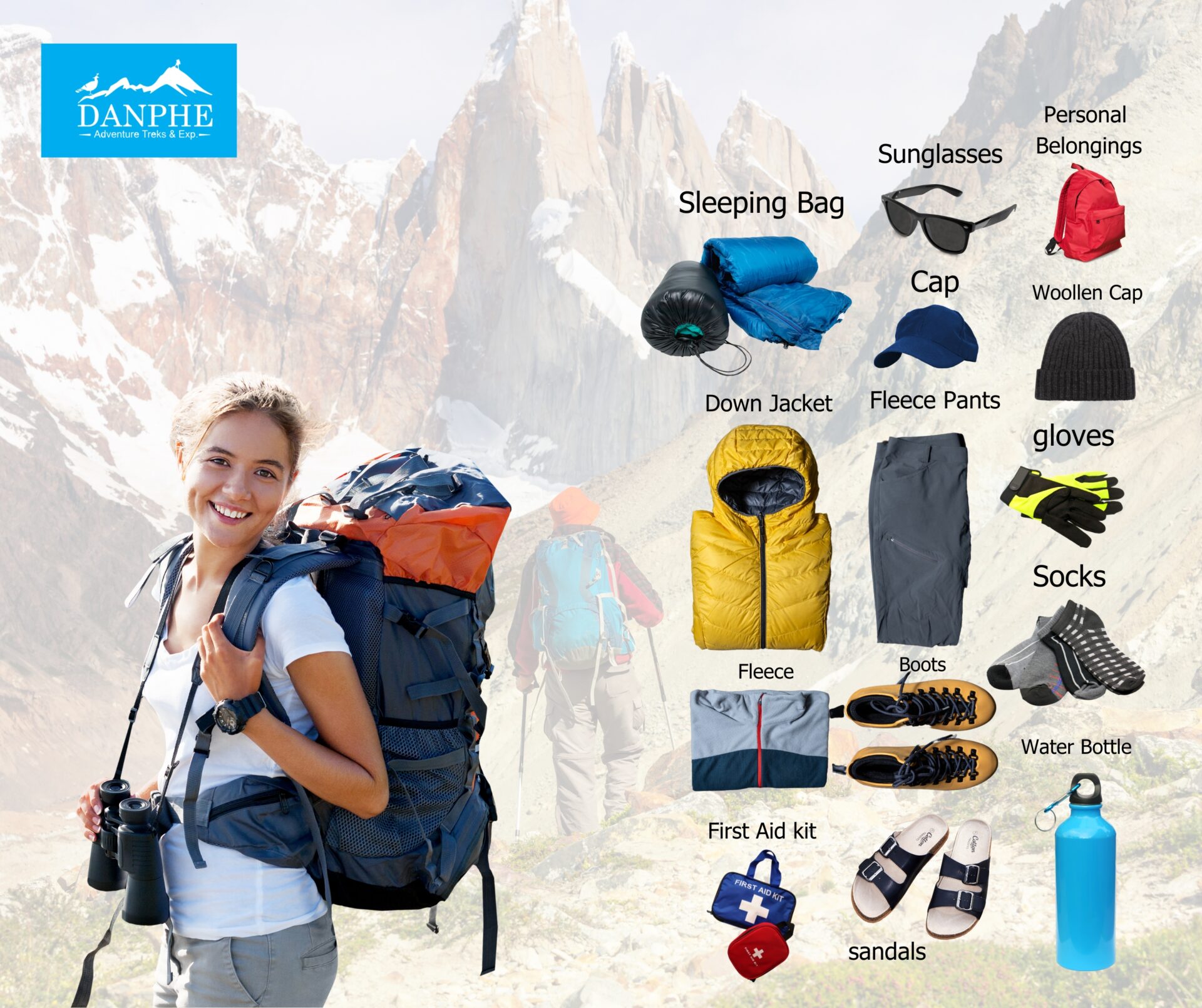
Essential Packing List for Everest Base Camp Trek
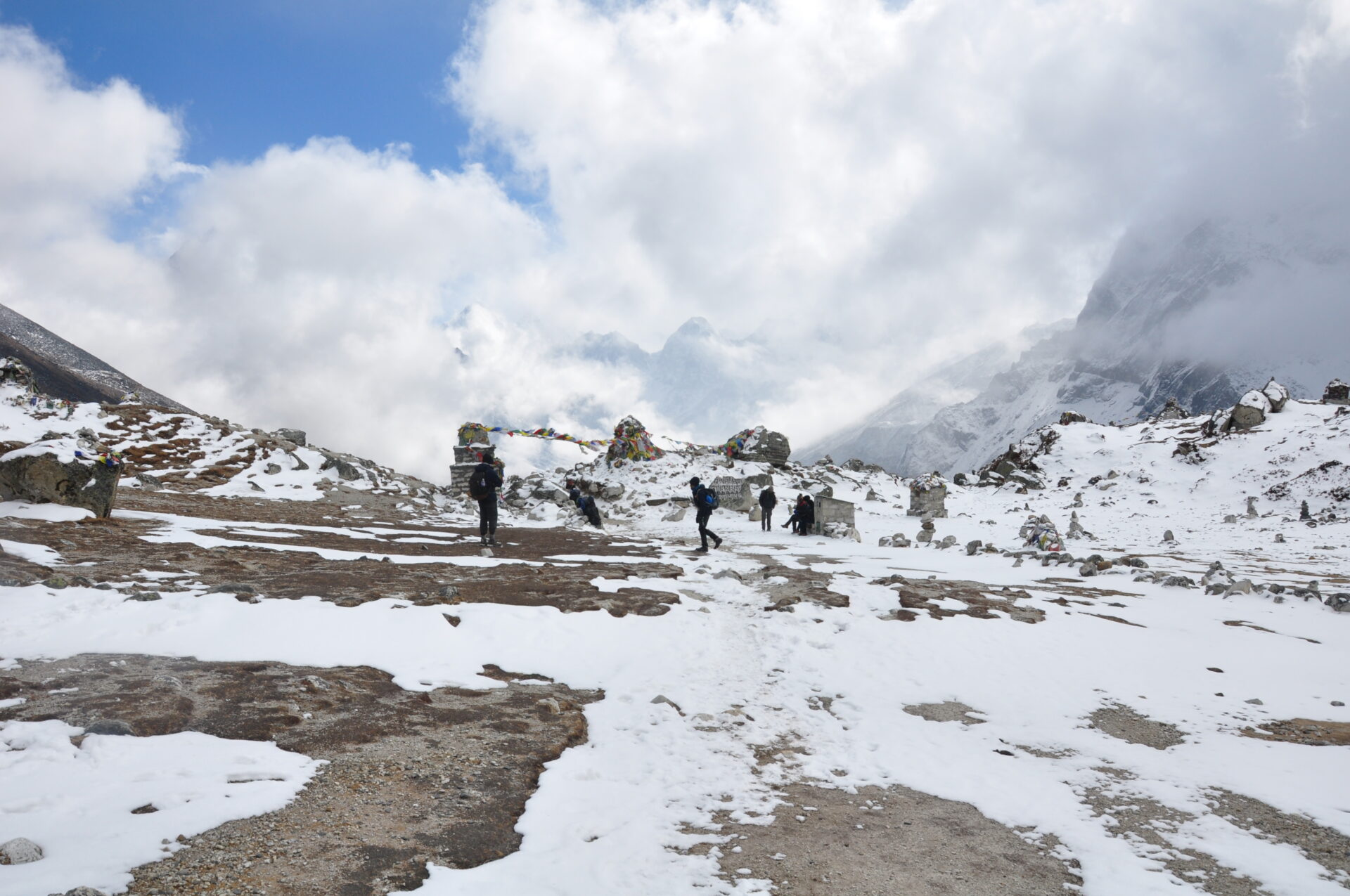
Everest Base Camp Trek in Winter
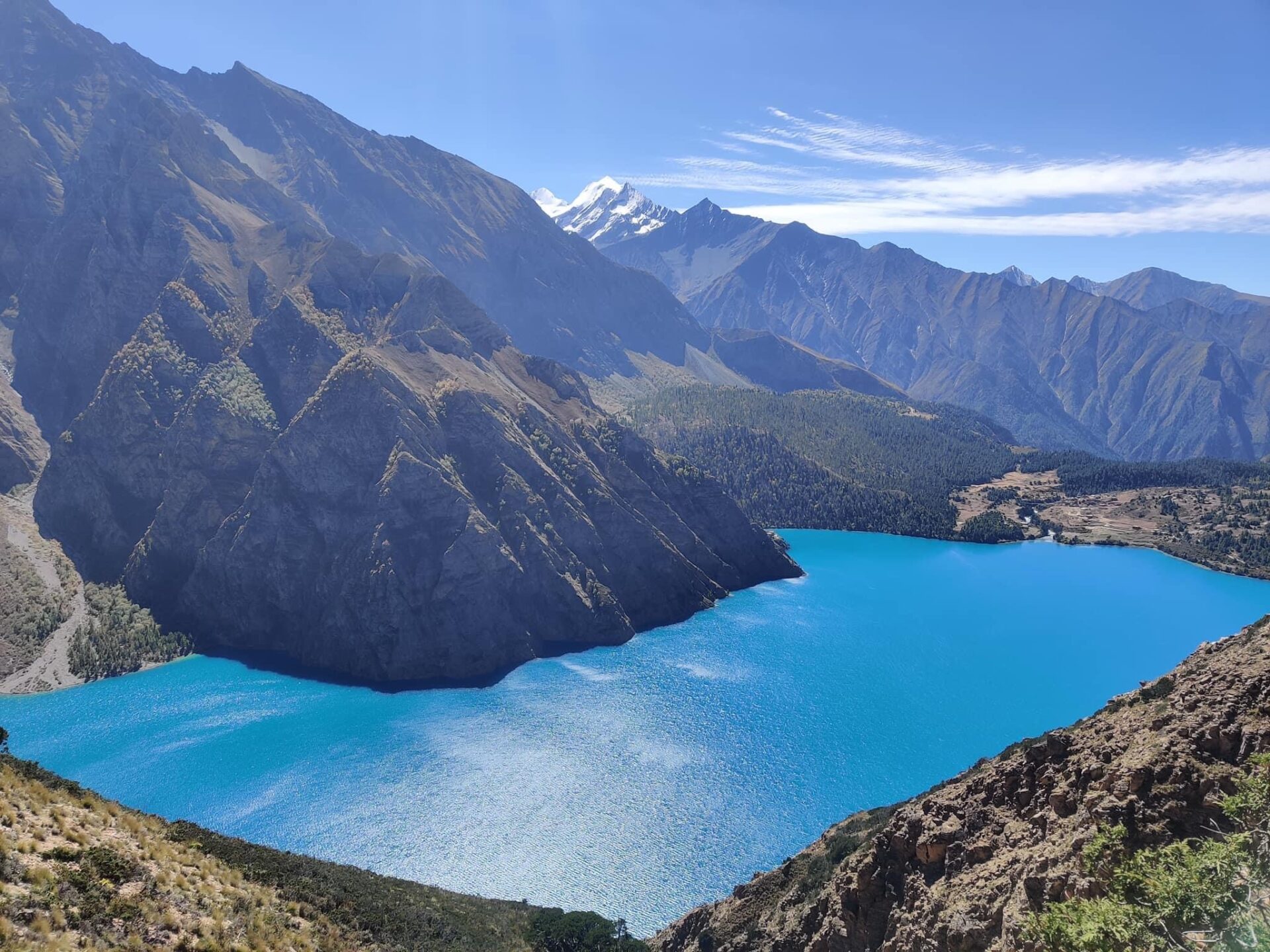
Nepal Untouched Beauty: Exploring Shey Phoksundo Lake
Affliations
We are Associated and Certificied with



